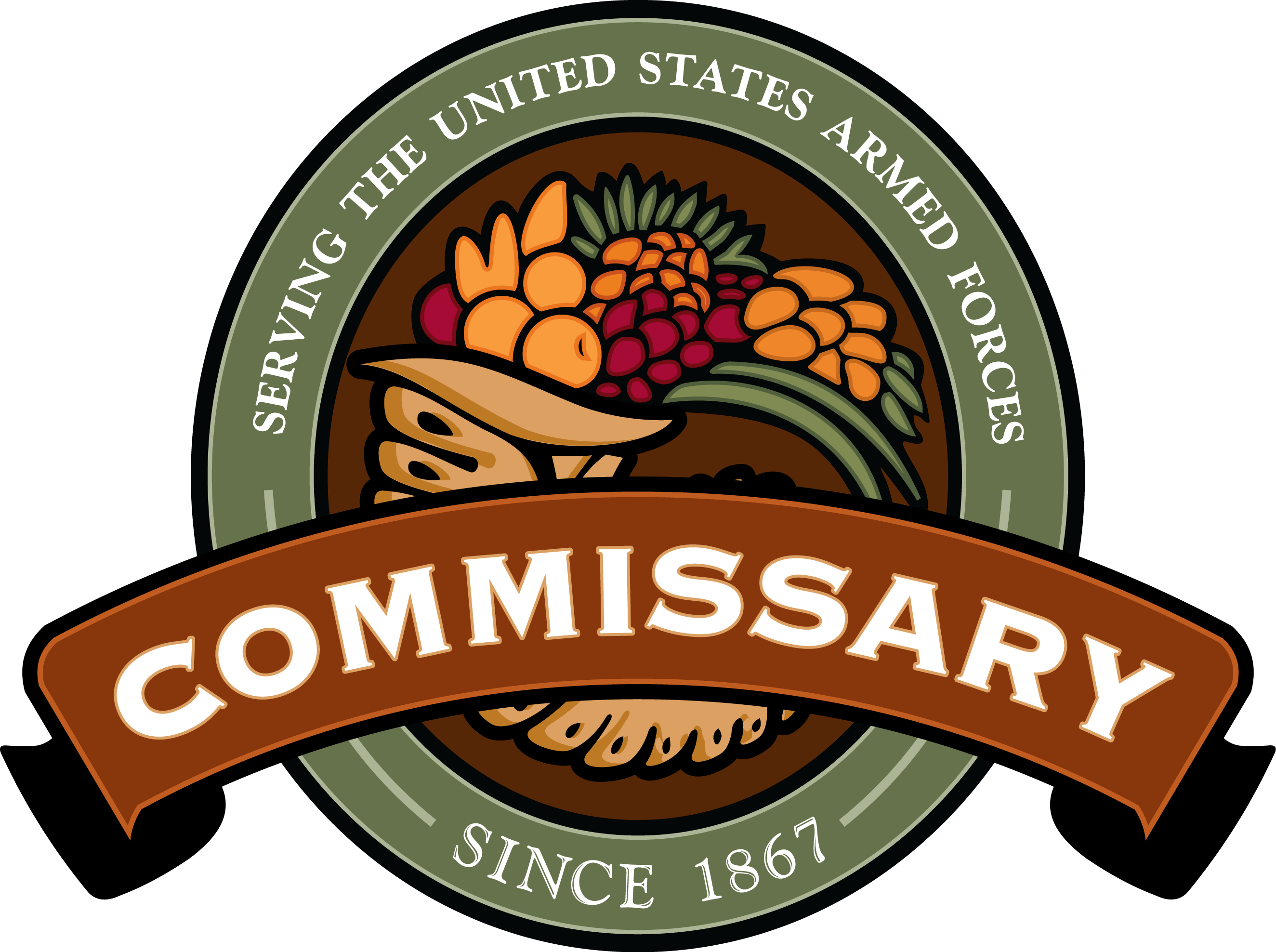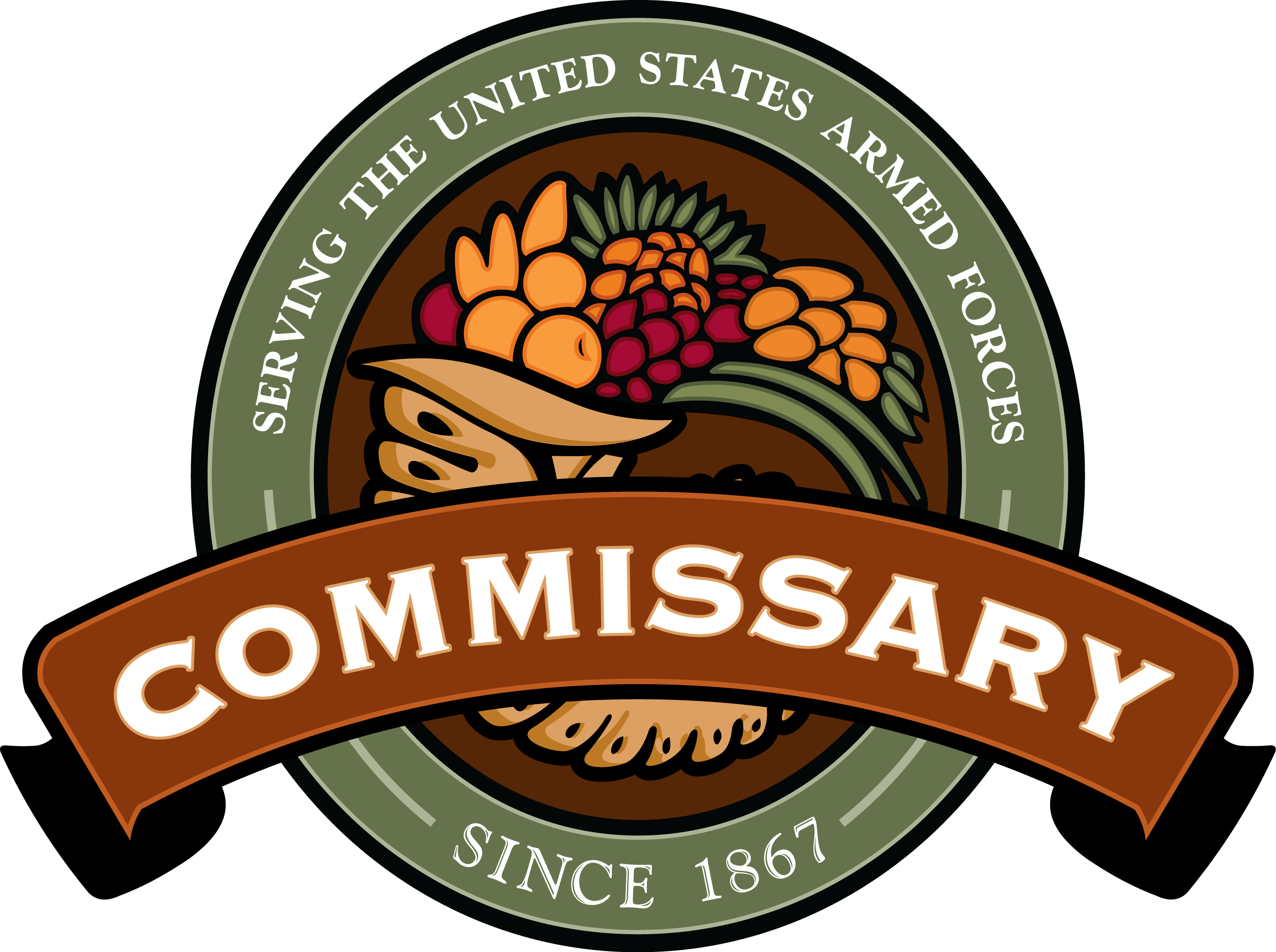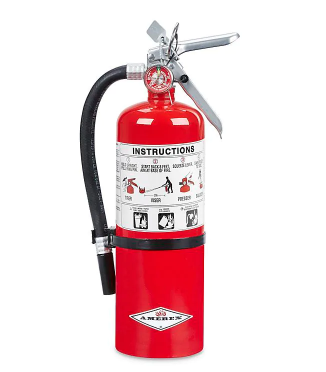Title Page
-
Site conducted
-
Conducted on
-
Prepared by
General/Sales Floor
-
5. Are paths to circuit breaker panels and/or fire extinguishers, alarm pull stations and eyewash stations clear of obstruction (at least three feet)?
-
7. Are extension cords used in place of installed electric outlets or as permanent wiring?
-
8. Are extension cords running through ceilings, doors, walls or under carpets?
-
9. Are extension cords and/or surge protectors/suppressors plugged together to obtain length?
-
10. Any frayed electrical wiring (usually where the cord enters the plug)?
-
11. Are appliances or equipment missing ground pin on the electrical plug?
-
16. Any debris on floors (paper, cardboard, plastic wrap or loose fruit/vegetables) which could lead to patron and/or worker slips, trips, or falls, throughout the store?
-
17. Are fire suppression sprinkler heads blocked by items?
-
18. Do any fire suppression sprinkler heads have decorations attached with tape?
-
22. Any broken or missing electrical outlet covers?
-
23. Any poor housekeeping (workspace unorganized and/or large accumulation of paper, wood, or rags); creating a potential fire hazard?
-
24. Any improper storage of hazardous chemicals (cleaners, solvents, paints or gasoline)?
-
25. Are Fire Extinguishers inspected monthly and pathway clear of obstruction?
-
26. Are hazardous chemical containers properly labeled (IAW GHS requirements)?
-
27. Is there any equipment or machinery stored in aisles, corridors, or hallways, creating an egress hazard?
-
28. Do floor mats lay flat on floor, free of trip hazards?
-
32. Are personnel utilizing their required safety PPE (hearing protection, cutting gloves, etc)?
-
Are eyewash stations inspected weekly?
-
34. Any other issues identified?
Front End
-
5. Are paths to circuit breaker panels and/or fire extinguishers, alarm pull stations and eyewash stations clear of obstruction (at least three feet)?
-
7. Are extension cords used in place of installed electric outlets or as permanent wiring?
-
8. Are extension cords running through ceilings, doors, walls or under carpets?
-
9. Are extension cords and/or surge protectors/suppressors plugged together to obtain length?
-
10. Any frayed electrical wiring (usually where the cord enters the plug)?
-
11. Are appliances or equipment missing ground pin on the electrical plug?
-
14. Are fluorescent light covers in coolers and/ or freezers sealed to light assembly (to prevent moisture from entering the lamp assembly)?
-
16. Any debris on floors (paper, cardboard, plastic wrap or loose fruit/vegetables) which could lead to patron and/or worker slips, trips, or falls, throughout the store?
-
17. Are fire suppression sprinkler heads blocked by items?
-
18. Do any fire suppression sprinkler heads have decorations attached with tape?
-
22. Any broken or missing electrical outlet covers?
-
23. Any poor housekeeping (workspace unorganized and/or large accumulation of paper, wood, or rags); creating a potential fire hazard?
-
24. Any improper storage of hazardous chemicals (cleaners, solvents, paints or gasoline)?
-
26. Are hazardous chemical containers properly labeled (IAW GHS requirements)?
-
27. Is there any equipment or machinery stored in aisles, corridors, or hallways, creating an egress hazard?
-
28. Do floor mats lay flat on floor, free of trip hazards?
-
29. Are shopping carts missing child restraints (Seat belts)?
-
30. Do Motorized Handicap Carts have damaged electrical charging cable (cracked, frayed or missing ground pin)?
-
31. Any Shopping carts with child seats have missing or broken safety restraint systems?
-
32. Are personnel utilizing their required safety PPE (hearing protection, cutting gloves, etc)?
-
33. Are cashiers using “sweep motions” … using hand scanners for heavy, bulky items?
-
Are eyewash stations inspected weekly?
-
34. Any other issues identified?
Grocery Department
-
1. Are mops hung up to dry (mops standing in buckets of water causes bacteria laden water to be used to clean floors)?
-
3. Are price molding strips bent and protruding out with sharp edges (may cut or scratch patrons or workers)?
-
4. Are warehouse storage shelves/racks missing the minimum of two cross member supports?
-
5. Are paths to circuit breaker panels and/or fire extinguishers, alarm pull stations and eyewash stations clear of obstruction (at least three feet)?
-
6. Any ice buildup on freezer doors, entrances, floors or walls?
-
7. Are extension cords used in place of installed electric outlets or as permanent wiring?
-
8. Are extension cords running through ceilings, doors, walls or under carpets?
-
9. Are extension cords and/or surge protectors/suppressors plugged together to obtain length?
-
10. Any frayed electrical wiring (usually where the cord enters the plug)?
-
11. Are appliances or equipment missing ground pin on the electrical plug?
-
12. Are compress gas cylinders secured to prevent them from falling?
-
13. Are moisture proof globes/covers in freezers either missing or broken?
-
14. Are fluorescent light covers in coolers and/ or freezers sealed to light assembly (to prevent moisture from entering the lamp assembly)?
-
15. Are trailers using wheel chokes or restraint systems during loading or offloading by forklifts/PIT?
-
16. Any debris on floors (paper, cardboard, plastic wrap or loose fruit/vegetables) which could lead to patron and/or worker slips, trips, or falls, throughout the store?
-
17. Are fire suppression sprinkler heads blocked by items?
-
18. Do any fire suppression sprinkler heads have decorations attached with tape?
-
19. Are forklifts parked on inclines?
-
20. Are forklifts/electric pallet jacks inspected before use?
-
21. Do electric roll up/down doors have operative automatic emergency stop?
-
22. Any broken or missing electrical outlet covers?
-
23. Any poor housekeeping (workspace unorganized and/or large accumulation of paper, wood, or rags); creating a potential fire hazard?
-
24. Any improper storage of hazardous chemicals (cleaners, solvents, paints or gasoline)?
-
26. Are hazardous chemical containers properly labeled (IAW GHS requirements)?
-
27. Is there any equipment or machinery stored in aisles, corridors, or hallways, creating an egress hazard?
-
28. Do floor mats lay flat on floor, free of trip hazards?
-
32. Are personnel utilizing their required safety PPE (hearing protection, cutting gloves, etc)?
-
Are eyewash stations inspected weekly?
-
34. Any other issues identified?
Meat Department
-
1. Are mops hung up to dry (mops standing in buckets of water causes bacteria laden water to be used to clean floors)?
-
2. Are electrical outlets in the meat department missing moisture/water proof cover?
-
5. Are paths to circuit breaker panels and/or fire extinguishers, alarm pull stations and eyewash stations clear of obstruction (at least three feet)?
-
7. Are extension cords used in place of installed electric outlets or as permanent wiring?
-
8. Are extension cords running through ceilings, doors, walls or under carpets?
-
9. Are extension cords and/or surge protectors/suppressors plugged together to obtain length?
-
10. Any frayed electrical wiring (usually where the cord enters the plug)?
-
11. Are appliances or equipment missing ground pin on the electrical plug?
-
14. Are fluorescent light covers in coolers and/ or freezers sealed to light assembly (to prevent moisture from entering the lamp assembly)?
-
16. Any debris on floors (paper, cardboard, plastic wrap or loose fruit/vegetables) which could lead to patron and/or worker slips, trips, or falls, throughout the store?
-
17. Are fire suppression sprinkler heads blocked by items?
-
18. Do any fire suppression sprinkler heads have decorations attached with tape?
-
22. Any broken or missing electrical outlet covers?
-
23. Any poor housekeeping (workspace unorganized and/or large accumulation of paper, wood, or rags); creating a potential fire hazard?
-
24. Any improper storage of hazardous chemicals (cleaners, solvents, paints or gasoline)?
-
26. Are hazardous chemical containers properly labeled (IAW GHS requirements)?
-
27. Is there any equipment or machinery stored in aisles, corridors, or hallways, creating an egress hazard?
-
28. Do floor mats lay flat on floor, free of trip hazards?
-
32. Are personnel utilizing their required safety PPE (hearing protection, cutting gloves, etc)?
-
Are eyewash stations inspected weekly?
-
34. Any other issues identified?
Produce Department
-
1. Are mops hung up to dry (mops standing in buckets of water causes bacteria laden water to be used to clean floors)?
-
5. Are paths to circuit breaker panels and/or fire extinguishers, alarm pull stations and eyewash stations clear of obstruction (at least three feet)?
-
7. Are extension cords used in place of installed electric outlets or as permanent wiring?
-
8. Are extension cords running through ceilings, doors, walls or under carpets?
-
9. Are extension cords and/or surge protectors/suppressors plugged together to obtain length?
-
10. Any frayed electrical wiring (usually where the cord enters the plug)?
-
11. Are appliances or equipment missing ground pin on the electrical plug?
-
14. Are fluorescent light covers in coolers and/ or freezers sealed to light assembly (to prevent moisture from entering the lamp assembly)?
-
16. Any debris on floors (paper, cardboard, plastic wrap or loose fruit/vegetables) which could lead to patron and/or worker slips, trips, or falls, throughout the store?
-
17. Are fire suppression sprinkler heads blocked by items?
-
18. Do any fire suppression sprinkler heads have decorations attached with tape?
-
22. Any broken or missing electrical outlet covers?
-
23. Any poor housekeeping (workspace unorganized and/or large accumulation of paper, wood, or rags); creating a potential fire hazard?
-
24. Any improper storage of hazardous chemicals (cleaners, solvents, paints or gasoline)?
-
26. Are hazardous chemical containers properly labeled (IAW GHS requirements)?
-
27. Is there any equipment or machinery stored in aisles, corridors, or hallways, creating an egress hazard?
-
28. Do floor mats lay flat on floor, free of trip hazards?
-
32. Are personnel utilizing their required safety PPE (hearing protection, cutting gloves, etc)?
-
Are eyewash stations inspected weekly?
-
34. Any other issues identified?
Deli/Bakery/Sushi
-
1. Are mops hung up to dry (mops standing in buckets of water causes bacteria laden water to be used to clean floors)?
-
5. Are paths to circuit breaker panels and/or fire extinguishers, alarm pull stations and eyewash stations clear of obstruction (at least three feet)?
-
6. Any ice buildup on freezer doors, entrances, floors or walls?
-
7. Are extension cords used in place of installed electric outlets or as permanent wiring?
-
8. Are extension cords running through ceilings, doors, walls or under carpets?
-
9. Are extension cords and/or surge protectors/suppressors plugged together to obtain length?
-
10. Any frayed electrical wiring (usually where the cord enters the plug)?
-
11. Are appliances or equipment missing ground pin on the electrical plug?
-
12. Are compress gas cylinders secured to prevent them from falling?
-
13. Are moisture proof globes/covers in freezers either missing or broken?
-
14. Are fluorescent light covers in coolers and/ or freezers sealed to light assembly (to prevent moisture from entering the lamp assembly)?
-
16. Any debris on floors (paper, cardboard, plastic wrap or loose fruit/vegetables) which could lead to patron and/or worker slips, trips, or falls, throughout the store?
-
17. Are fire suppression sprinkler heads blocked by items?
-
18. Do any fire suppression sprinkler heads have decorations attached with tape?
-
22. Any broken or missing electrical outlet covers?
-
23. Any poor housekeeping (workspace unorganized and/or large accumulation of paper, wood, or rags); creating a potential fire hazard?
-
24. Any improper storage of hazardous chemicals (cleaners, solvents, paints or gasoline)?
-
26. Are hazardous chemical containers properly labeled (IAW GHS requirements)?
-
27. Is there any equipment or machinery stored in aisles, corridors, or hallways, creating an egress hazard?
-
28. Do floor mats lay flat on floor, free of trip hazards?
-
32. Are personnel utilizing their required safety PPE (hearing protection, cutting gloves, etc)?
-
Are eyewash stations inspected weekly?
-
34. Any other issues identified?
Closeout
-
Any other issues identified?
-
Additional Comments:
-
Completed By:
-
Verified By:










